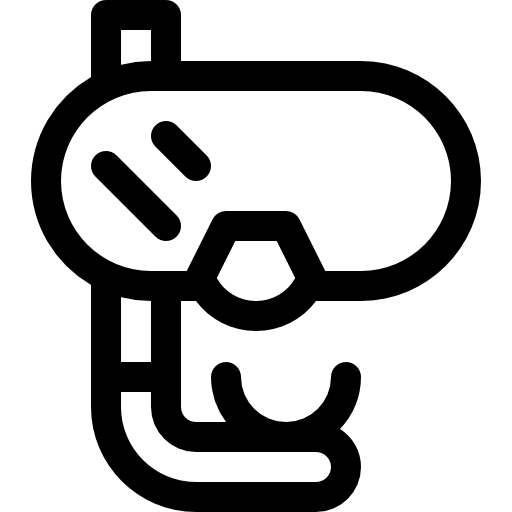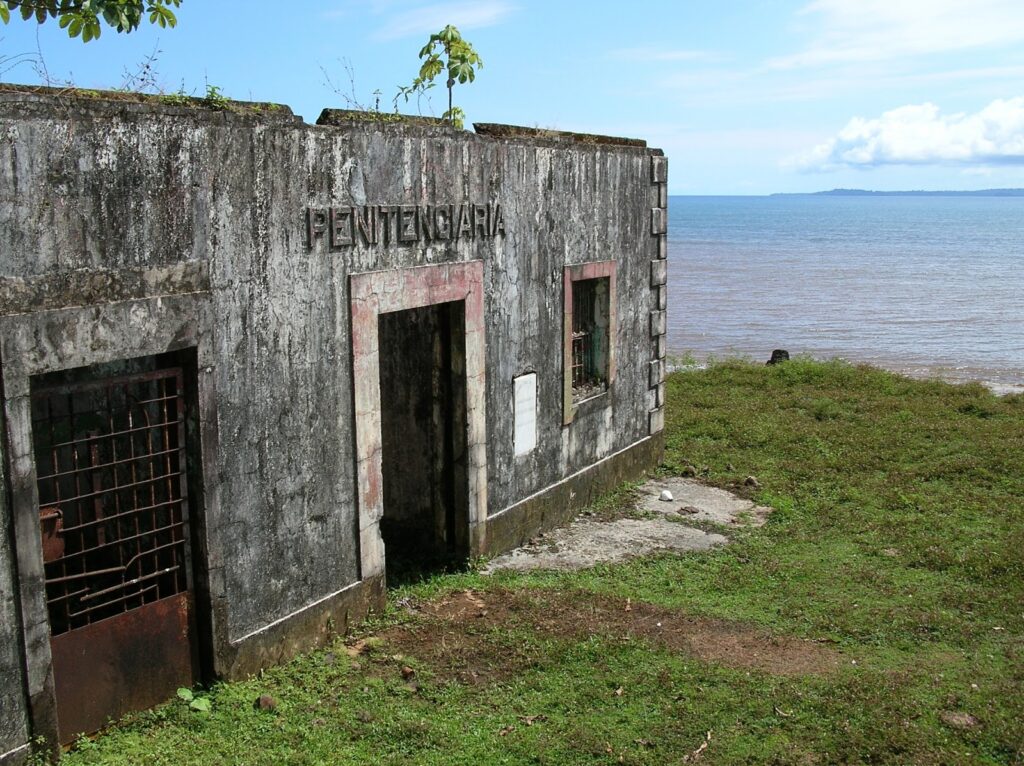HIGHLIGHTS
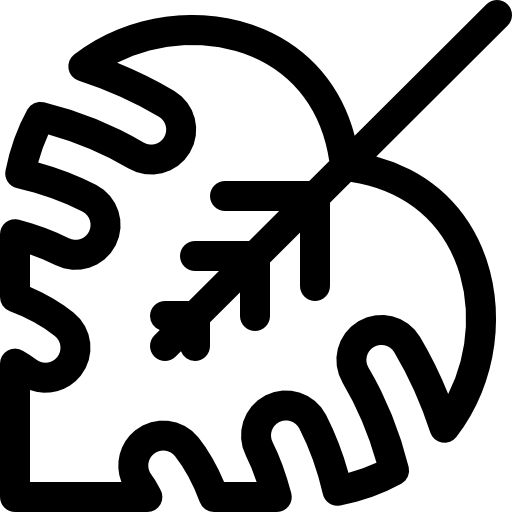





Get Your Bearings
This 10-14 night voyage in early June is for the true adventurers at heart! After we cross through the Panama Canal and begin sailing to more remote destinations around the world, the types of trips we offer will begin to evolve. This trip will not be full of fancy meals, nor will there be a restaurant or bar in sight; rather you will live like a real sailor, fishing for many of our meals, working together as a crew, exploring and diving with truly wild creatures, and experiencing life off the beaten path.
The fishing along our passage is world class, and the diving can be challenging and unpredictable in our search for great rewards. We strongly recommend that all divers are advanced and experienced as many of the best dive sites can involve negative entries, deep depths, strong and changing currents, upwellings, and thermoclines which bring rapid changes in water temperature and visibility. Water temperatures should be around 75-80F but upwellings can bring temporary drops in temperature, so all divers should have their own personal wetsuits for exposure protection.
Our voyage is a one-way passage west along the Pacific side of Panama. We will begin at Vista Mar Marina in San Carlos, Panama. Guests will fly in to Tocumen International Airport in Panama City and take a long but inexpensive two hour taxi or private shuttle to the marina. From there we will depart and begin our first and only overnight sail during this passage and you’ll have the unique experience of sailing under a sea of stars and participating in overnight watches.
After an overnight stop in a quiet anchorage on the Panamanian mainland for a bit of rest, we will continue our passage with another half-day sail to Afuera Island, the first of the islands in Coiba National Park.
For the rest of the voyage, we will be island-hopping our way west through Coiba National Park and surrounding archipelagos in the Gulf of Chiriqui to experience world-class fishing and diving. The final leg of our journey will be timing our entrance to the Rio Platanal for a tricky 2-3 hour passage up the winding river to Puerto Pedregal, which is a five minute taxi ride from Enrique Malek International Airport in David, Panama.
Coiba National Marine Park
Off the southwest coast of Panama lies Coiba National Marine Park, including Coiba Island and 38 smaller islands. In 2005, UNESCO declared Coiba National Marine Park and its Special Zone of Marine Protection a Natural World Heritage Site; these days the area attracts tourists that come to snorkel and dive in Coiba’s crystal clear waters as well as hike through a dense jungle brimming with wildlife, including endemic species like Coiban agoutis, howler monkeys and brown-and-while spinetail birds.
Coiba is often called “Panama’s own Galapagos” thanks to the large number of endemic species that lived and thrived here over the years with relatively little human interference. This past November, researchers actually proved that Coiba is connected to the Galapagos through a 900-mile natural “pipeline” in the Earth’s mantle, making the nickname even more appropriate.
Coiba’s waters are home to 800 unique fish species, 33 shark species (including bull, tiger, hammerhead and whale sharks), and nearly 20 cetacean species, such as humpback whales and orcas. Reptiles like giant toads and green iguanas reside on the island, while hawksbill sea turtles forage its waters and nest on its beaches.
Coiba is a world-class diving destination offering access to Bahia Damas Reef, the largest reef on the western coastline of the American continent. A dive there means you’ll also have the chance to see giant Pacific manta rays, mobula/devil rays, and eagle rays.
Coiba’s Dark History
From 1919 until 2004, Coiba was an island prison home to some of Panama’s most dangerous criminals, as well as thousands of politcal prisoners dubbed “los desaparecidos” (“the disappeared”) who went missing under the dictatorships of Omar Torrijos and Manuel Noriega. At its peak, The Coiba Island Prison housed 3,000 inmates in about 30 camps spread around the islands. The remoteness of the island made it an ideal place for establishing an early 20th century penal colony, where prisoners are sent to live and work under forced labor. It was difficult to reach, and even tougher to escape from.
Today, you can still see the remnants of prisons, including jail cells, crumbing churches, and unmarked graves.
The island’s role as a penal colony and its lack of outside development allowed its forest, and therefore its species, to thrive. Just three years after Panama’s military rule ended in 1989, the country’s government declared Coiba Island, the 38 smaller islands, and the marine areas within the Gulf of Chiriqui a national marine park.
Isla Afurea
On the northeast side of the park, we find Isla Canales de Afuera, approximately 16 miles from Isla Coiba. The island is adorned with thick vegetation and a small but beautiful white sandy beach, as well as the coral reef that snakes throughout Coiba which we will spend many days exploring.
Scuba Sites
The Buffet
The name says it all and why Buffet is one of the highlights of the Coiba National Park. Along the various rock formations that make up the diving spot, you are almost guaranteed to see numerous white tip sharks, which usually gather together in small groups and relax in the sand, many moray eels, shoals of barracudas and various types of jack. The last group of rocks in particular is simply a large playground for numerous different fish groups which gather here. There is no shortage of colors and shapes and if lucky, white-tip reef sharks and bluefin trevallies can be found hunting and causing mayhem among all the little fish. Mantas and whale sharks also sometimes like to make an appearance, which rounds off the fascination of Buffet perfectly.
Bajo Piñon
Like the all of Coiba National Park, this dive spot is always full of surprises. Suitable for beginners as well as advanced divers, you can discover a wonderful variety of life between 6 and 22 meters. You can see everything: from countless reef fish, moray eels, turtles, and sharks that decide to take a little siesta on the sandy bottom, to barracudas, schools of bigeye jacks and bluefin trevallies. Mantas and whale sharks also occasionally swim past in search for plankton, so don’t fix your gaze to the reef—let it wander out into the blue as well and you may be rewarded with something spectacular.
Bajo Viente
Baptized with this name by the locals, this diving site represents, without a doubt, one of the best diving spots in the entire Coiba National Park. The depth of this pinnacle drops sharply to 120m. The terraces at the southern tip of this pinnacle are covered with a garden of black coral and giant snappers and groupers patrol there. Along with a large number of predatory fish, sharks can be seen roaming around the entire perimeter. Mobulas and devil rays also frequent this entire area. During the safety stop, which generally takes place in the blue, we will have encounters with manta rays, wahoos and schools of pelagics.
Isla Coiba & Isla Rancheria
At 194 square miles, Coiba is the largest island in Central America. A huge swath of largely tropical forest covers 80 percent of the island, which is also brimming with white sand beaches, gushing waterfalls and thermal hot springs, and surrounded by clear, fish-filled waters sporting a ring of protective coral reef. Coiba’s little sister island, Rancheria Island that lies just off the northeast coast of Coiba Island, also hosts several fantastic dive sites.
Scuba Sites
Frijoles Ridge
A submerged ridge of rocks, starting at a depth of 6m descending rapidly to 45m on the northern facing side. An abundance of sponges, hard and soft corals, habitat for frogfish and seahorses. Lots of rocky ledges and overhangs great habitat for the giant cubera snapper and the white tip reef shark. Various cleaning stations along the slope are frequented by schooling rays and the occasional giant Pacific manta ray.
Iglesia
Both in shallower and deeper waters, Iglesia usually has a rather large number of reef sharks, turtles will cross your path here and there, and you will usually also find a few lobsters that stretch their antennas towards you. It is not uncommon for large schools of big eye jacks, snapper, machetes, spadefish and barracudas to join. If that’s not enough, with luck you can spot octopus, scorpion fish and frogfish and even seahorses.
Isla Uvas & Isla Brincancon
13 miles northeast of Coiba lie the smaller islands of Uvas and Brincancon, and are the final islands we’ll visit inside the Coiba National Marine Park boundaries. Not much can be found online about these two sister islands, but that just adds to the mystery.
Scuba Sites
Sombrero de Pelo
A popular dive site among the local dive guides. From a distance you can see a kind of mountain protruding from the water, which tells you where the dive will start. Here and there a white-tip reef shark swims by, around the next corner a turtle might already be waiting, and a little further up, next to the school of spadefish, a group of barracudas. With a bit of luck you might see a few small hammerheads who spend a short part of their lives here. The dive site is very diverse, as it leaves some leeway with crevices, plateaus and small alleys.
Cordillera de Contreras
Located to the southwest of Uvas Island, an abrupt drop leads to great depth. We will descend up to 30m to a large amount of coral, schools of reef fish and different pelagic fish. The place is also frequented by manta rays and groups of mobula/devil rays. It is also one of the best areas to see the ornate harlequin shrimp, which usually appear in pairs. We will also spot whitetip reef sharks, bull sharks and, occasionally, hammerhead sharks.
Isla Cavada & Isla Pargo
The islands of Cavada and Pargo are part of the Islas Secas archepelago. Much like within the Coiba National Park, the waters around the islands provides a glimpse of one of the least explored and most abundant marine ecosystems on the planet.
Scuba Sites
The Nest
There are shallow waters with sandy bottom, and closer to the spot there is a steep drop covered in corals where you can spot white tip shark nests. There are at least three of them, this is why the spot is named The Nest. The coral is also home to species like moorish idol, coral hawkfish, pufferfish of many colors, parrot fish, and bumphead parrot fish, amongst others. On the sandy bottom we can see Mexican goatfish, redlight goby, stingrays, spotted eagle rays, and schools of barracuda and different types of jacks.
La Bruja
La Bruja is an exposed site that features a small isolated pillar-like elevation with an exorbitant concentration of marine life. The bottom of the pinnacle is wide, and as it rises towards the surface it becomes narrow. During the dive you will see healthy corals that have emerged from the rocks. The species that inhabit these corals include green moray, zebra moray, blunthead triggerfish, panamic porkfish, blue-and-gold snapper, giant hawkfish, barberfish, king angelfish, and parrotfish. Surrounding the pinnacle, you can see schools of blue spotted jack, pacific crevalle jack, golden jack, and southern stingray. You can also spot sea turtles and there is a white tip shark nest.
Isla Gomez
Our final stop before making our way back to mainland Panama is Gomez Island. This is a great spot to spend some time on the beach, and just across the bay on Parida Island is a bar & grill, probably our first sign of society in over a week!
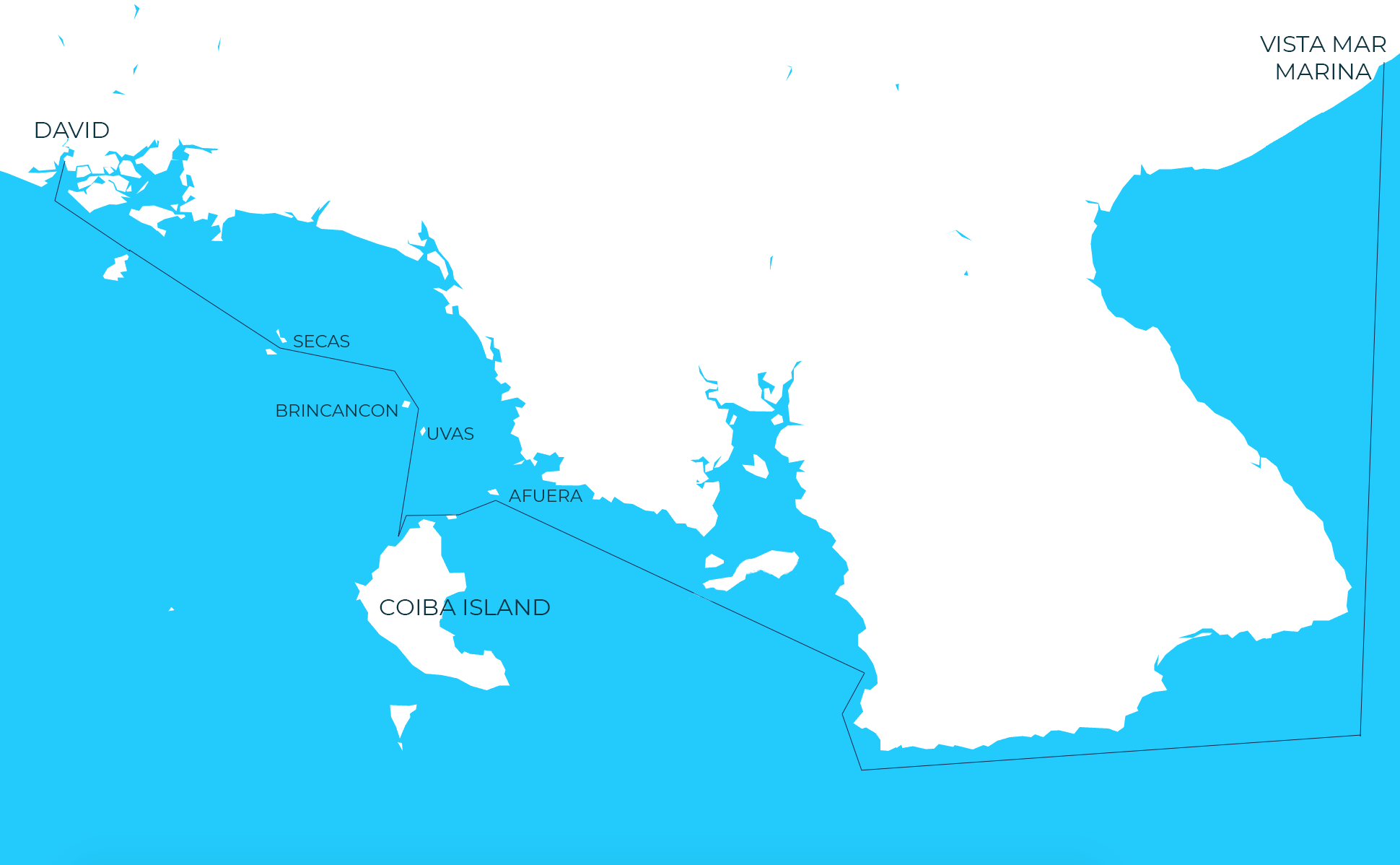
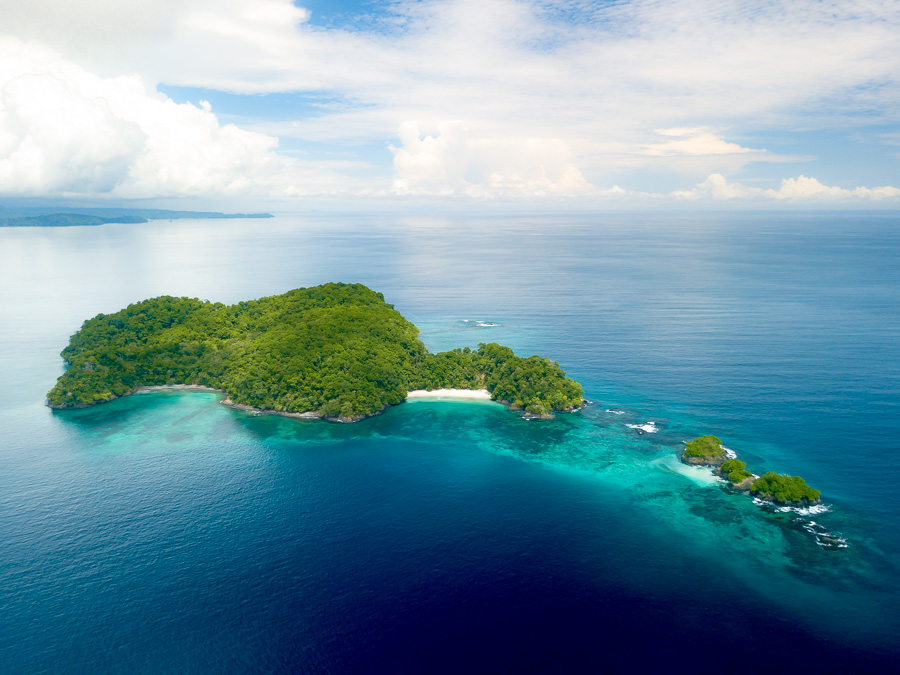
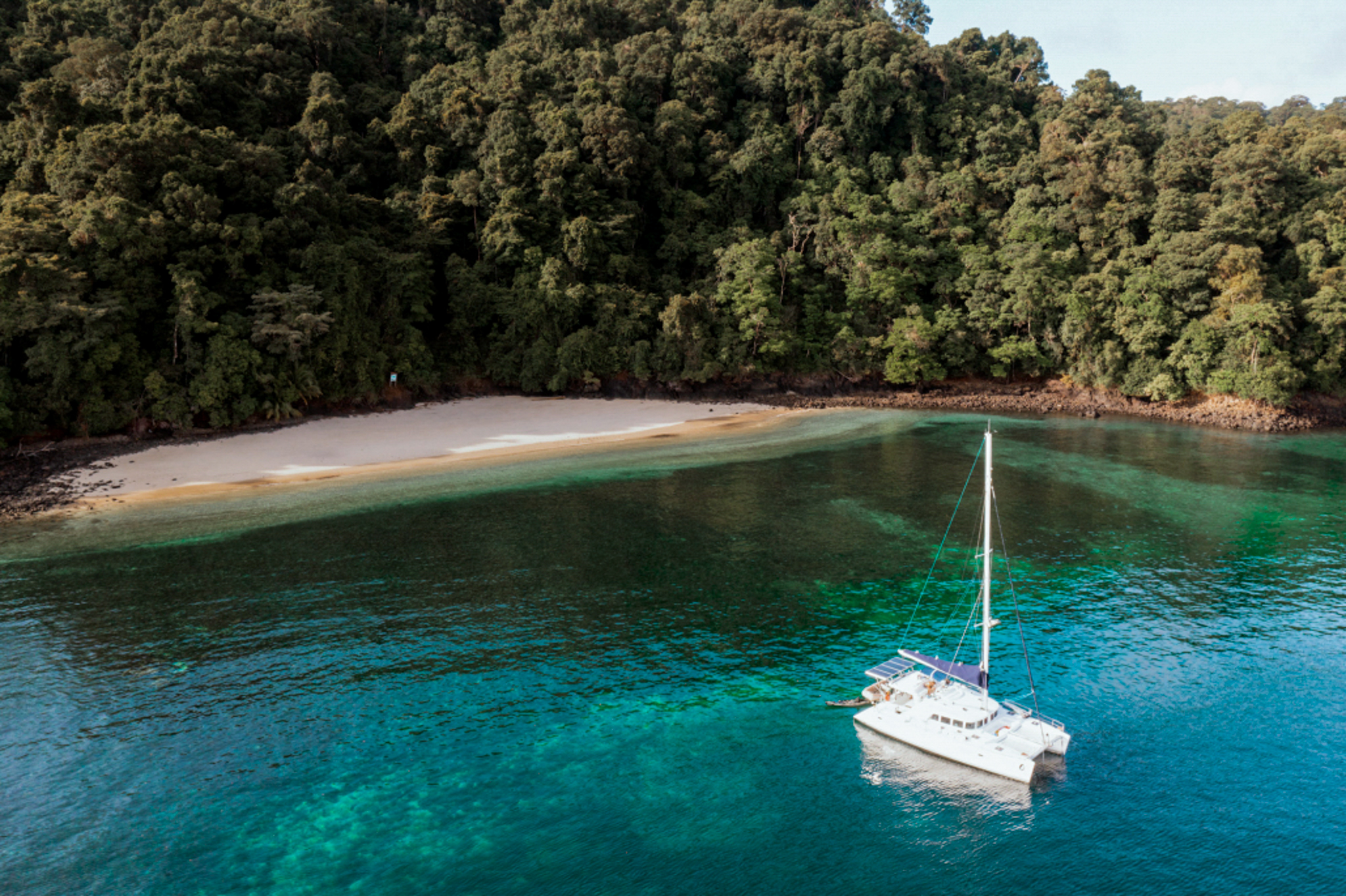
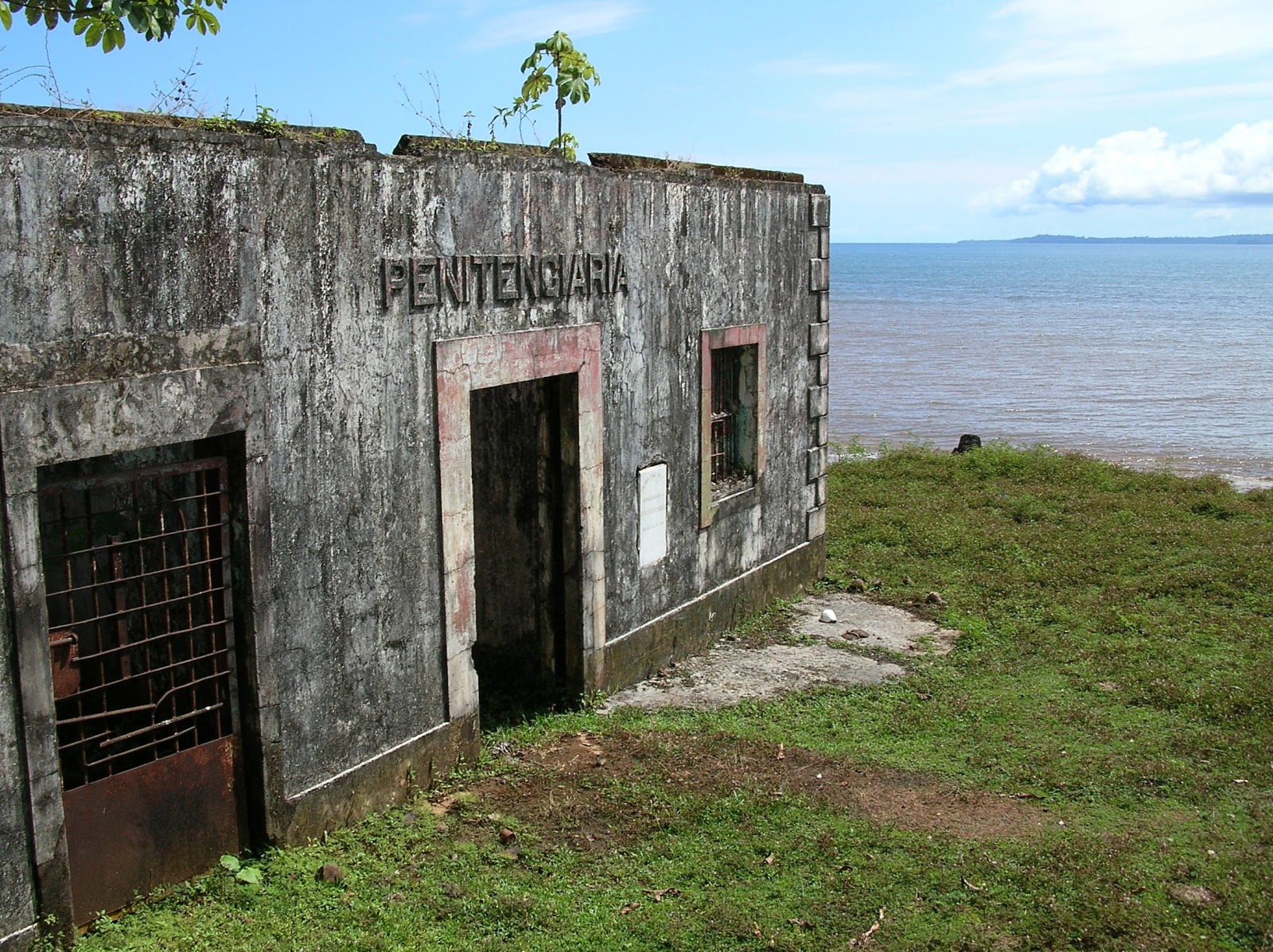
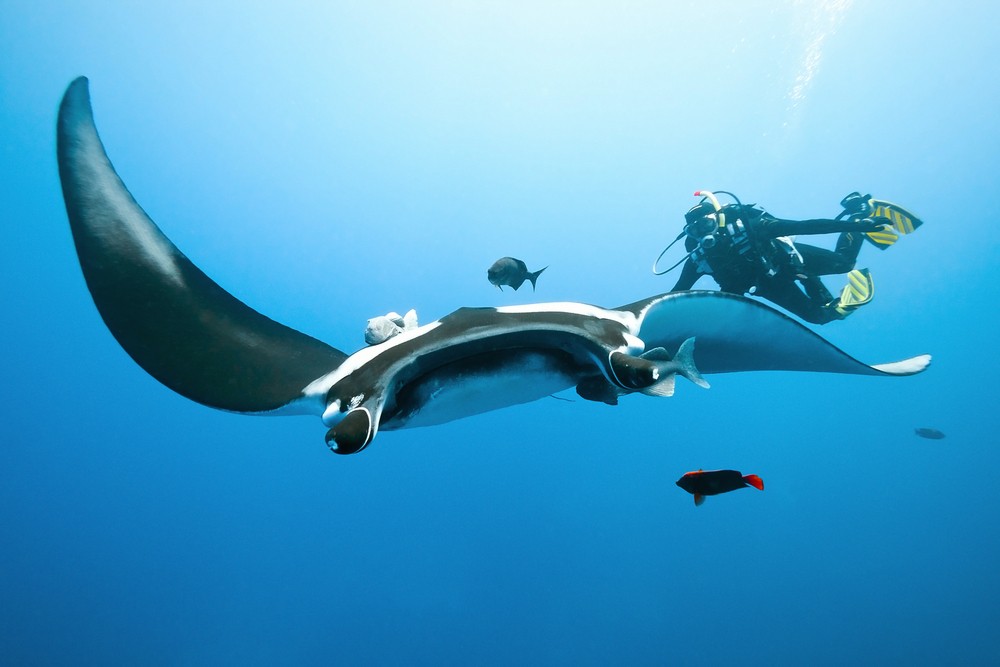
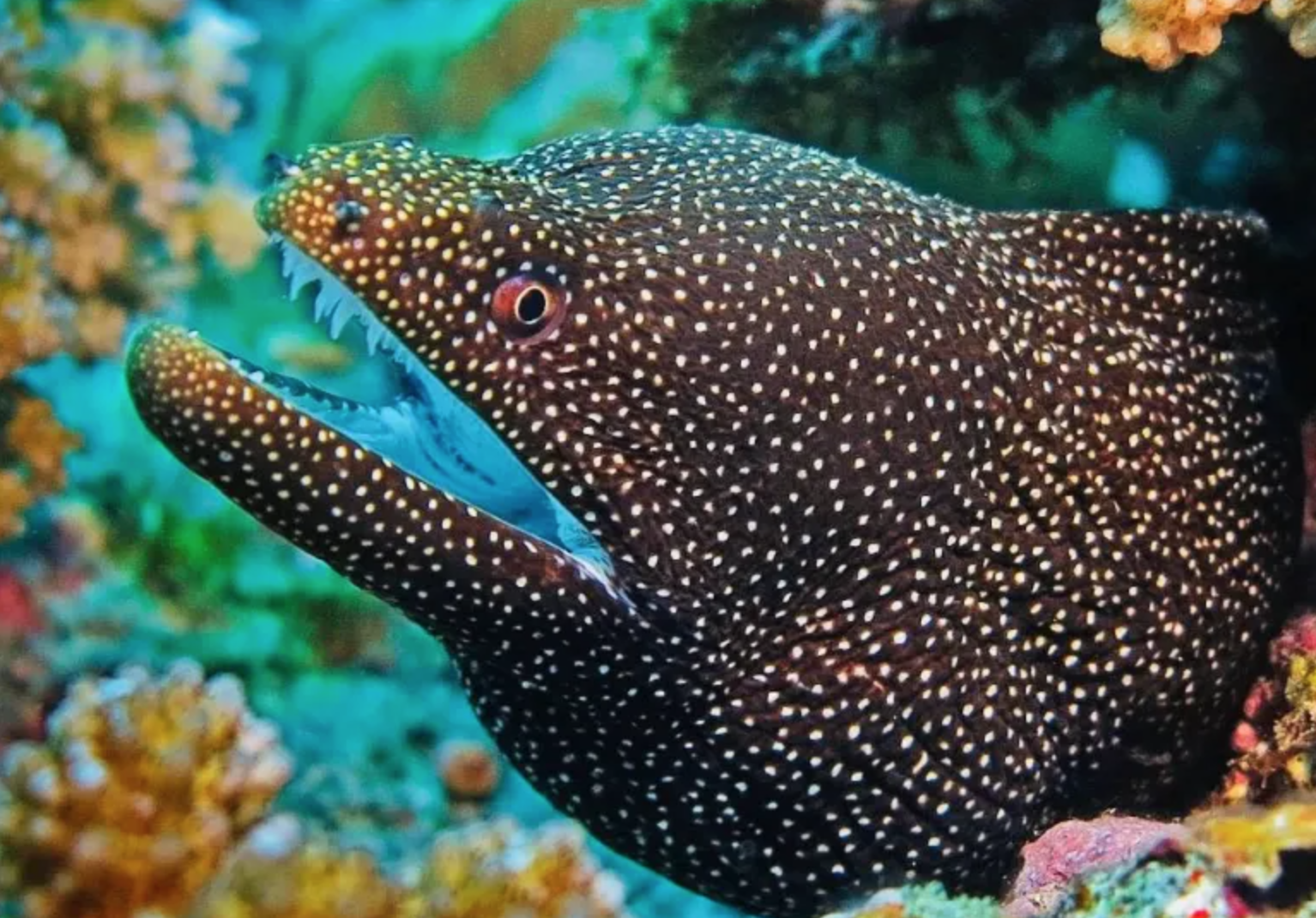
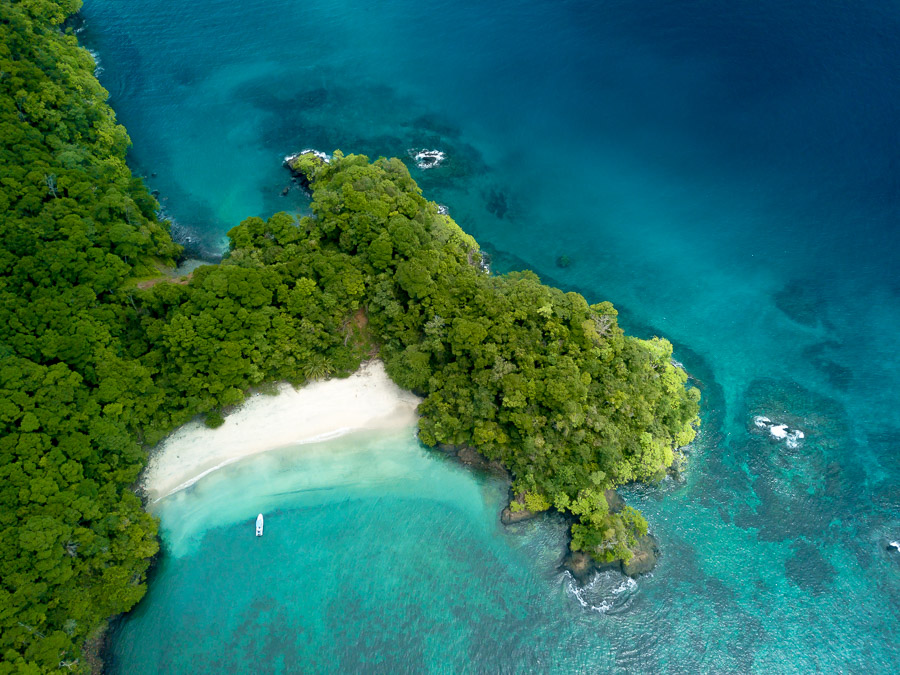
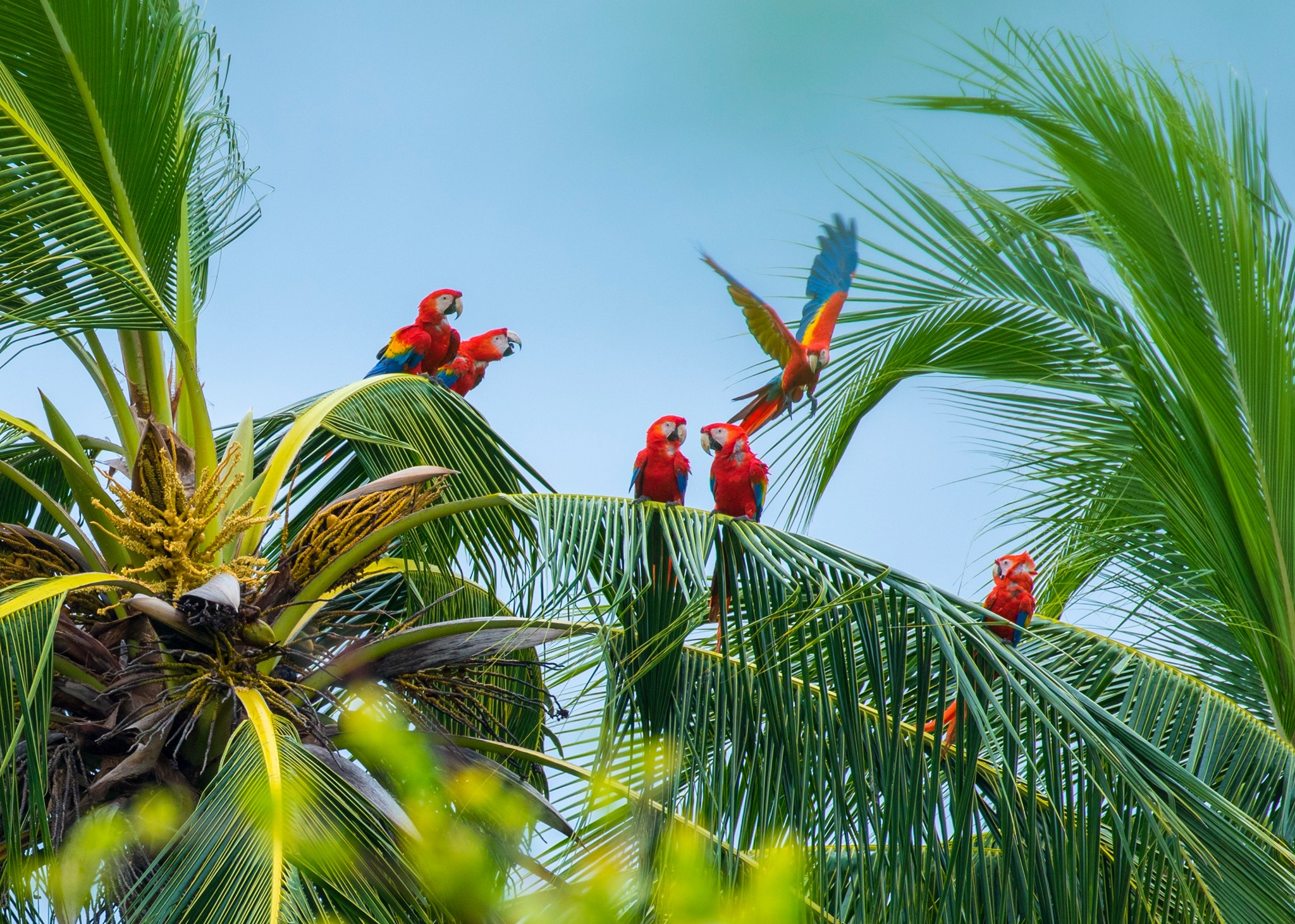
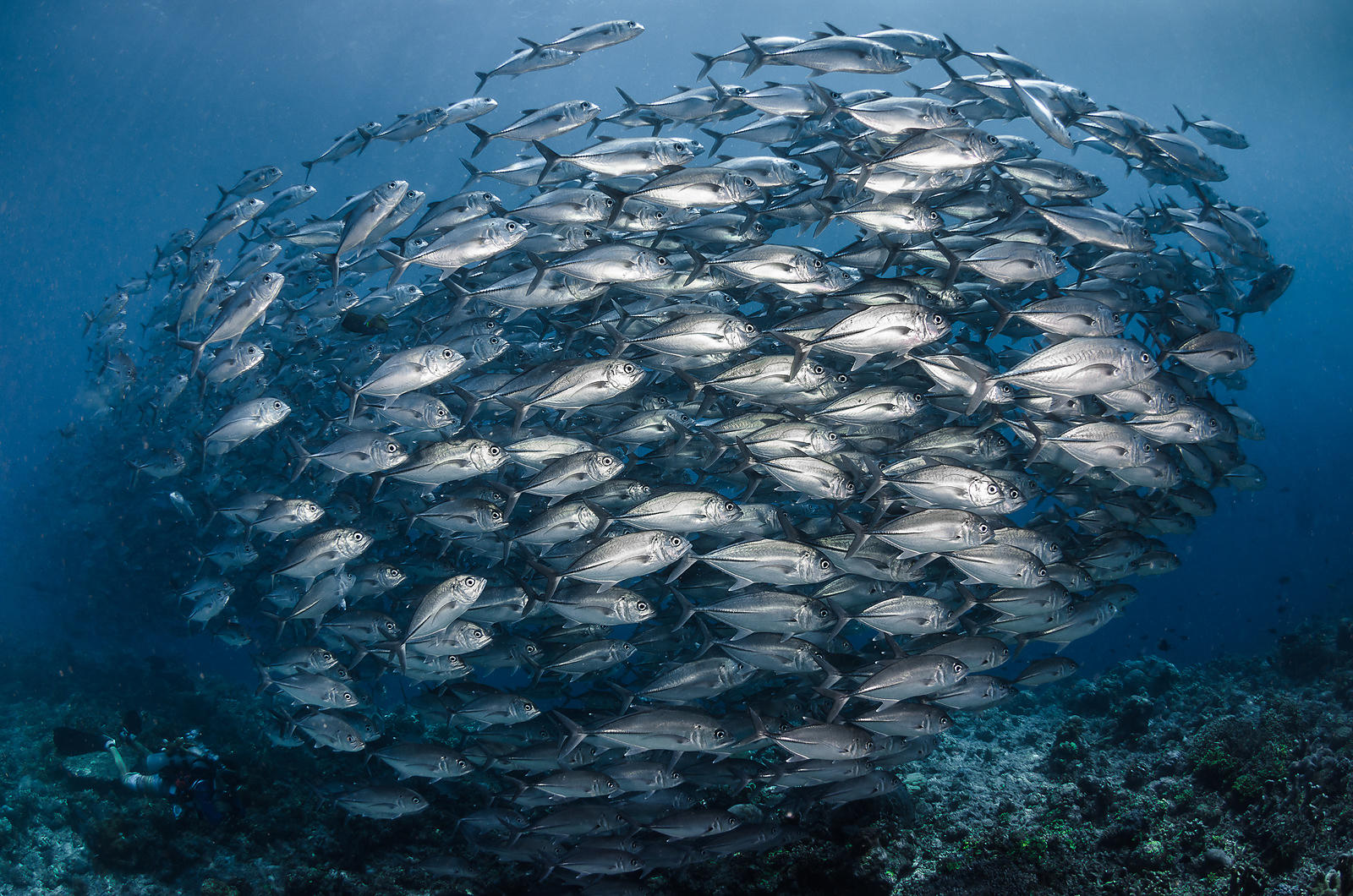
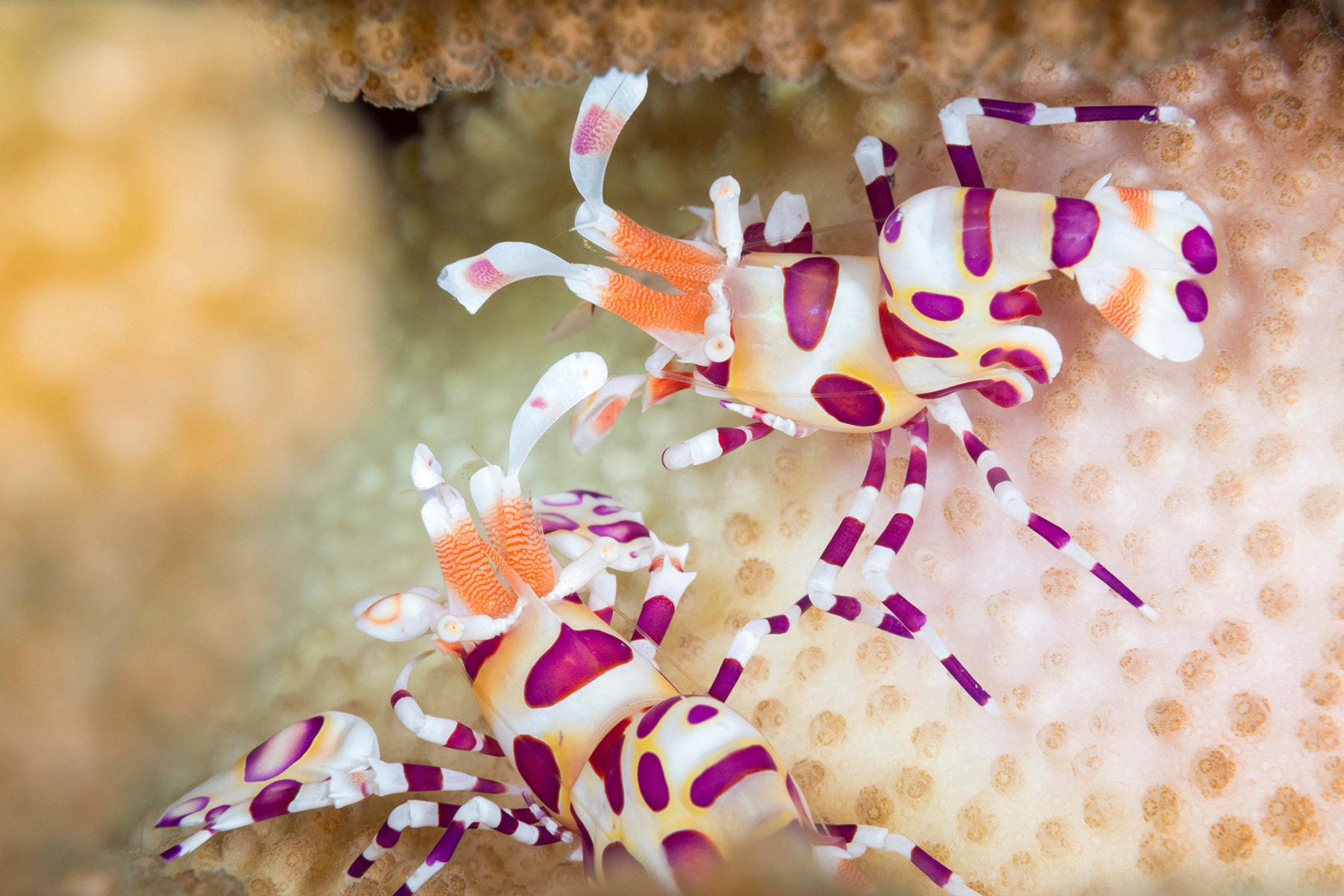
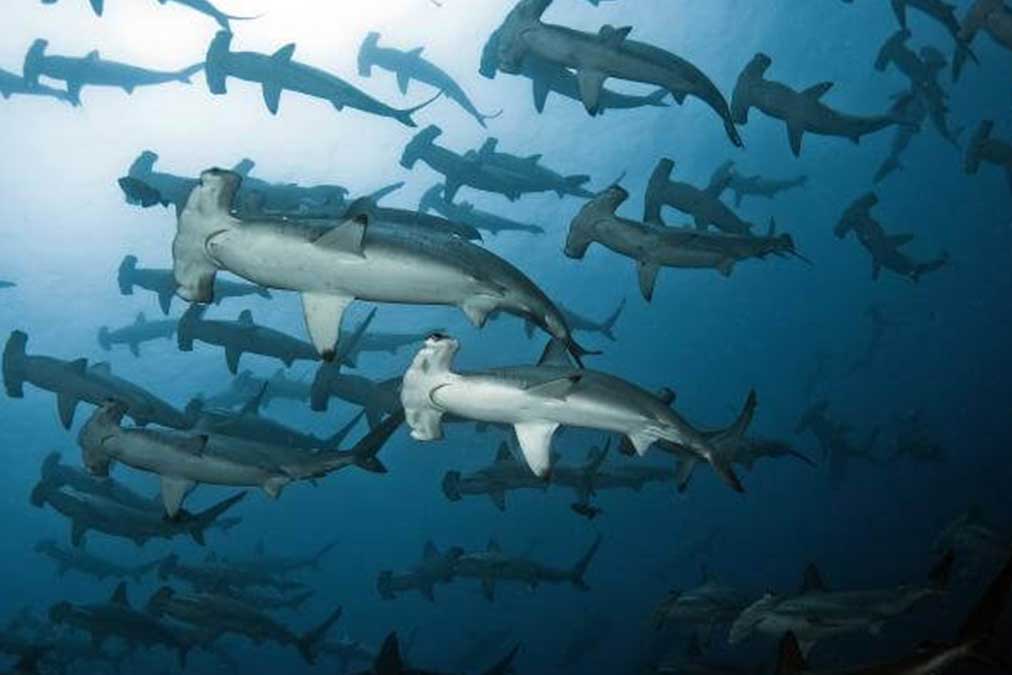
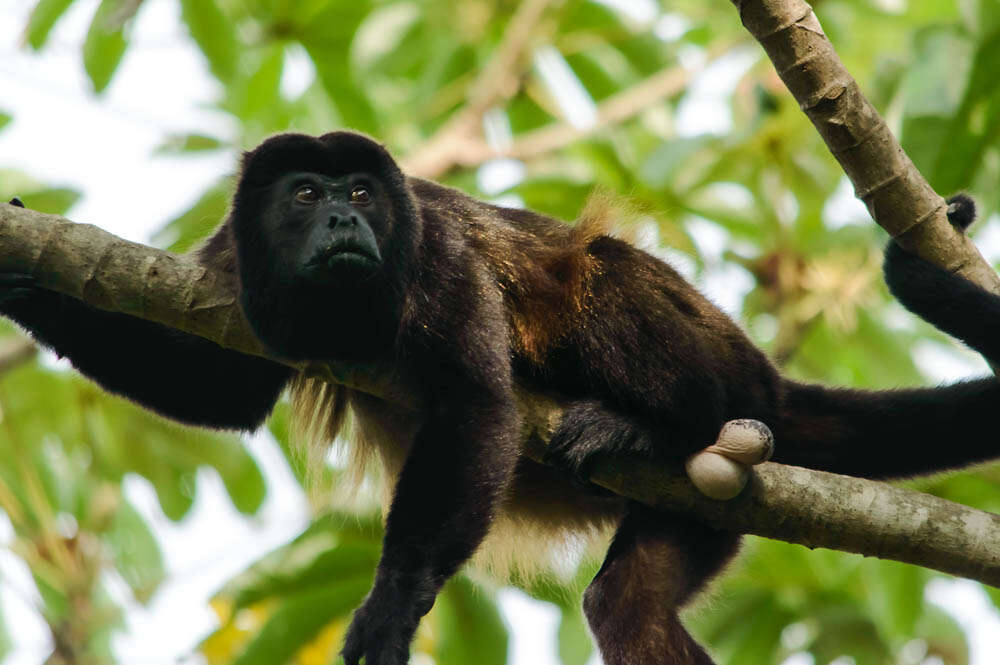
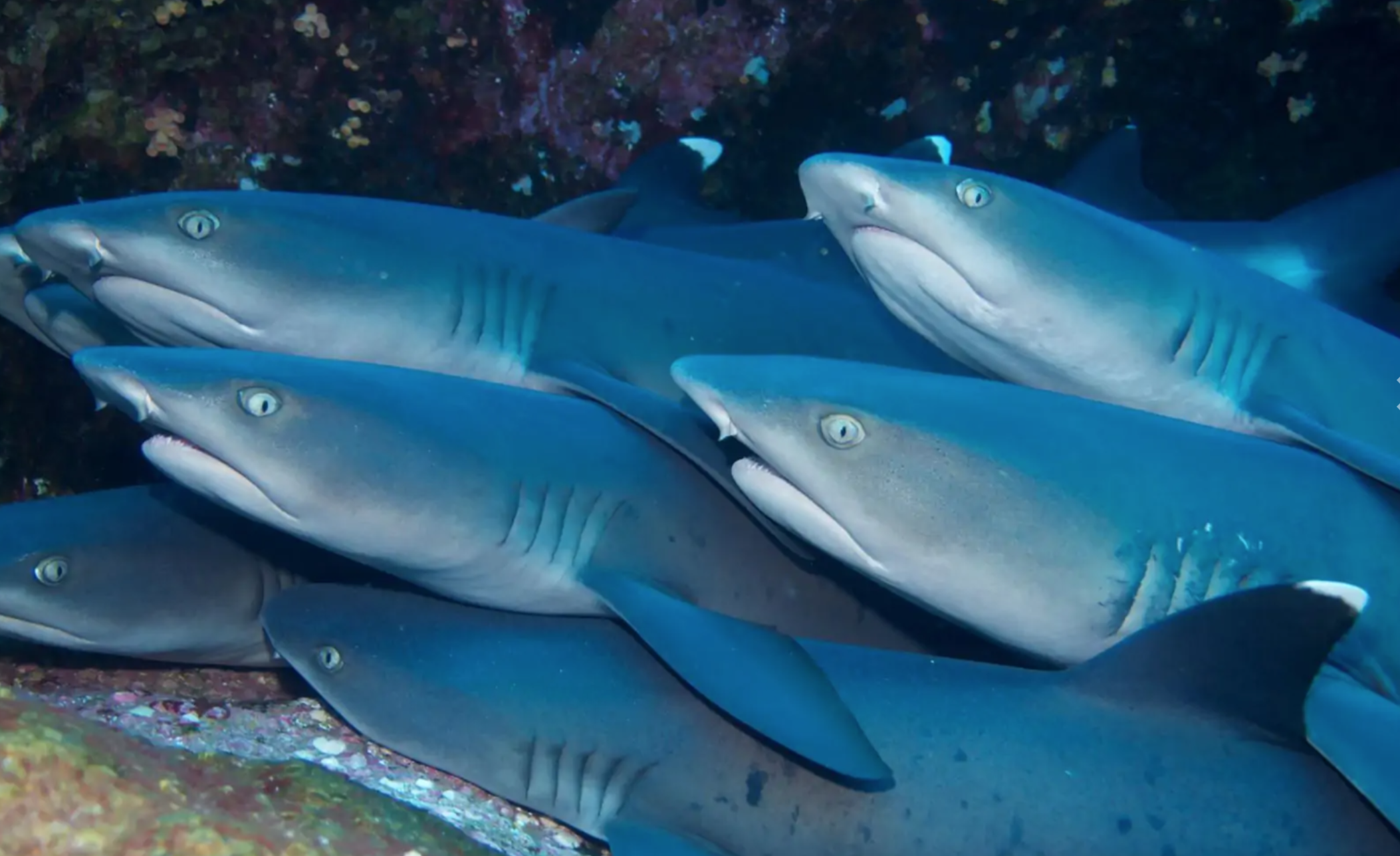
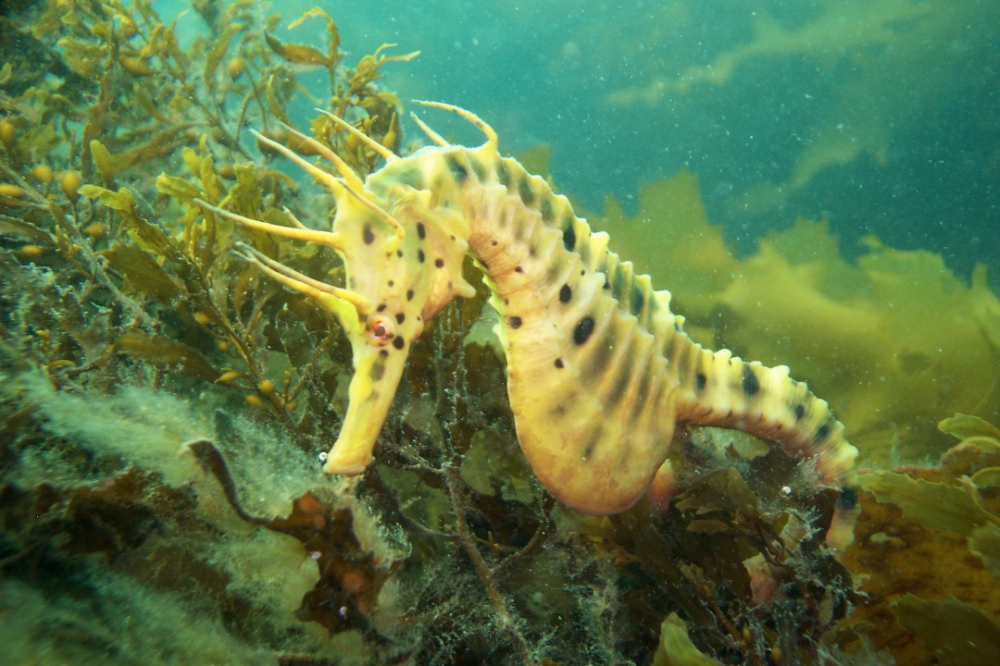

Get Your Bearings
This 10-14 night voyage in early June is for the true adventurers at heart! After we cross through the Panama Canal and begin sailing to more remote destinations around the world, the types of trips we offer will begin to evolve. This trip will not be full of fancy meals, nor will there be a restaurant or bar in sight; rather you will live like a real sailor, fishing for many of our meals, working together as a crew, exploring and diving with truly wild creatures, and experiencing life off the beaten path.
The fishing along our passage is world class, and the diving can be challenging and unpredictable in our search for great rewards. We strongly recommend that all divers are advanced and experienced as many of the best dive sites can involve negative entries, deep depths, strong and changing currents, upwellings, and thermoclines which bring rapid changes in water temperature and visibility. Water temperatures should be around 75-80F but upwellings can bring temporary drops in temperature, so all divers should have their own personal wetsuits for exposure protection.
Our voyage is a one-way passage west along the Pacific side of Panama. We will begin at Vista Mar Marina in San Carlos, Panama. Guests will fly in to Tocumen International Airport in Panama City and take a long but inexpensive two hour taxi or private shuttle to the marina. From there we will depart and begin our first and only overnight sail during this passage and you’ll have the unique experience of sailing under a sea of stars and participating in overnight watches.
After an overnight stop in a quiet anchorage on the Panamanian mainland for a bit of rest, we will continue our passage with another half-day sail to Afuera Island, the first of the islands in Coiba National Park.
For the rest of the voyage, we will be island-hopping our way west through Coiba National Park and surrounding archipelagos in the Gulf of Chiriqui to experience world-class fishing and diving. The final leg of our journey will be timing our entrance to the Rio Platanal for a tricky 2-3 hour passage up the winding river to Puerto Pedregal, which is a five minute taxi ride from Enrique Malek International Airport in David, Panama.

Coiba National Marine Park
Off the southwest coast of Panama lies Coiba National Marine Park, including Coiba Island and 38 smaller islands. In 2005, UNESCO declared Coiba National Marine Park and its Special Zone of Marine Protection a Natural World Heritage Site; these days the area attracts tourists that come to snorkel and dive in Coiba’s crystal clear waters as well as hike through a dense jungle brimming with wildlife, including endemic species like Coiban agoutis, howler monkeys and brown-and-while spinetail birds.
Coiba is often called “Panama’s own Galapagos” thanks to the large number of endemic species that lived and thrived here over the years with relatively little human interference. This past November, researchers actually proved that Coiba is connected to the Galapagos through a 900-mile natural “pipeline” in the Earth’s mantle, making the nickname even more appropriate.
Coiba’s waters are home to 800 unique fish species, 33 shark species (including bull, tiger, hammerhead and whale sharks), and nearly 20 cetacean species, such as humpback whales and orcas. Reptiles like giant toads and green iguanas reside on the island, while hawksbill sea turtles forage its waters and nest on its beaches.
Coiba is a world-class diving destination offering access to Bahia Damas Reef, the largest reef on the western coastline of the American continent. A dive there means you’ll also have the chance to see giant Pacific manta rays, mobula/devil rays, and eagle rays.
Coiba’s Dark History
From 1919 until 2004, Coiba was an island prison home to some of Panama’s most dangerous criminals, as well as thousands of politcal prisoners dubbed “los desaparecidos” (“the disappeared”) who went missing under the dictatorships of Omar Torrijos and Manuel Noriega. At its peak, The Coiba Island Prison housed 3,000 inmates in about 30 camps spread around the islands. The remoteness of the island made it an ideal place for establishing an early 20th century penal colony, where prisoners are sent to live and work under forced labor. It was difficult to reach, and even tougher to escape from.
Today, you can still see the remnants of prisons, including jail cells, crumbing churches, and unmarked graves.
The island’s role as a penal colony and its lack of outside development allowed its forest, and therefore its species, to thrive. Just three years after Panama’s military rule ended in 1989, the country’s government declared Coiba Island, the 38 smaller islands, and the marine areas within the Gulf of Chiriqui a national marine park.

Isla Afuera
On the northeast side of the park, we find Isla Canales de Afuera, approximately 16 miles from Isla Coiba. The island is adorned with thick vegetation and a small but beautiful white sandy beach, as well as the coral reef that snakes throughout Coiba which we will spend many days exploring.
Scuba Sites
The Buffet
The name says it all and why Buffet is one of the highlights of the Coiba National Park. Along the various rock formations that make up the diving spot, you are almost guaranteed to see numerous white tip sharks, which usually gather together in small groups and relax in the sand, many moray eels, shoals of barracudas and various types of jack. The last group of rocks in particular is simply a large playground for numerous different fish groups which gather here. There is no shortage of colors and shapes and if lucky, white-tip reef sharks and bluefin trevallies can be found hunting and causing mayhem among all the little fish. Mantas and whale sharks also sometimes like to make an appearance, which rounds off the fascination of Buffet perfectly.
Bajo Piñon
Like the all of Coiba National Park, this dive spot is always full of surprises. Suitable for beginners as well as advanced divers, you can discover a wonderful variety of life between 6 and 22 meters. You can see everything: from countless reef fish, moray eels, turtles, and sharks that decide to take a little siesta on the sandy bottom, to barracudas, schools of bigeye jacks and bluefin trevallies. Mantas and whale sharks also occasionally swim past in search for plankton, so don’t fix your gaze to the reef—let it wander out into the blue as well and you may be rewarded with something spectacular.
Bajo Viente
Baptized with this name by the locals, this diving site represents, without a doubt, one of the best diving spots in the entire Coiba National Park. The depth of this pinnacle drops sharply to 120m. The terraces at the southern tip of this pinnacle are covered with a garden of black coral and giant snappers and groupers patrol there. Along with a large number of predatory fish, sharks can be seen roaming around the entire perimeter. Mobulas and devil rays also frequent this entire area. During the safety stop, which generally takes place in the blue, we will have encounters with manta rays, wahoos and schools of pelagics.

Isla Coiba & Isla Rancheria
At 194 square miles, Coiba is the largest island in Central America. A huge swath of largely tropical forest covers 80 percent of the island, which is also brimming with white sand beaches, gushing waterfalls and thermal hot springs, and surrounded by clear, fish-filled waters sporting a ring of protective coral reef. Coiba’s little sister island, Rancheria Island that lies just off the northeast coast of Coiba Island, also hosts several fantastic dive sites.
Scuba Sites
Frijoles Ridge
A submerged ridge of rocks, starting at a depth of 6m descending rapidly to 45m on the northern facing side. An abundance of sponges, hard and soft corals, habitat for frogfish and seahorses. Lots of rocky ledges and overhangs great habitat for the giant cubera snapper and the white tip reef shark. Various cleaning stations along the slope are frequented by schooling rays and the occasional giant Pacific manta ray.
Iglesia
Both in shallower and deeper waters, Iglesia usually has a rather large number of reef sharks, turtles will cross your path here and there, and you will usually also find a few lobsters that stretch their antennas towards you. It is not uncommon for large schools of big eye jacks, snapper, machetes, spadefish and barracudas to join. If that’s not enough, with luck you can spot octopus, scorpion fish and frogfish and even seahorses.

Isla Uvas & Isla Brincancon
13 miles northeast of Coiba lie the smaller islands of Uvas and Brincancon, and are the final islands we’ll visit inside the Coiba National Marine Park boundaries. Not much can be found online about these two sister islands, but that just adds to the mystery.
Scuba Sites
Sombrero de Pelo
A popular dive site among the local dive guides. From a distance you can see a kind of mountain protruding from the water, which tells you where the dive will start. Here and there a white-tip reef shark swims by, around the next corner a turtle might already be waiting, and a little further up, next to the school of spadefish, a group of barracudas. With a bit of luck you might see a few small hammerheads who spend a short part of their lives here. The dive site is very diverse, as it leaves some leeway with crevices, plateaus and small alleys.
Cordillera de Contreras
Located to the southwest of Uvas Island, an abrupt drop leads to great depth. We will descend up to 30m to a large amount of coral, schools of reef fish and different pelagic fish. The place is also frequented by manta rays and groups of mobula/devil rays. It is also one of the best areas to see the ornate harlequin shrimp, which usually appear in pairs. We will also spot whitetip reef sharks, bull sharks and, occasionally, hammerhead sharks.

Isla Cavada & Isla Pargo
The islands of Cavada and Pargo are part of the Islas Secas archepelago. Much like within the Coiba National Park, the waters around the islands provides a glimpse of one of the least explored and most abundant marine ecosystems on the planet.
Scuba Sites
The Nest
There are shallow waters with sandy bottom, and closer to the spot there is a steep drop covered in corals where you can spot white tip shark nests. There are at least three of them, this is why the spot is named The Nest. The coral is also home to species like moorish idol, coral hawkfish, pufferfish of many colors, parrot fish, and bumphead parrot fish, amongst others. On the sandy bottom we can see Mexican goatfish, redlight goby, stingrays, spotted eagle rays, and schools of barracuda and different types of jacks.
La Bruja
La Bruja is an exposed site that features a small isolated pillar-like elevation with an exorbitant concentration of marine life. The bottom of the pinnacle is wide, and as it rises towards the surface it becomes narrow. During the dive you will see healthy corals that have emerged from the rocks. The species that inhabit these corals include green moray, zebra moray, blunthead triggerfish, panamic porkfish, blue-and-gold snapper, giant hawkfish, barberfish, king angelfish, and parrotfish. Surrounding the pinnacle, you can see schools of blue spotted jack, pacific crevalle jack, golden jack, and southern stingray. You can also spot sea turtles and there is a white tip shark nest.

Isla Gomez
Our final stop before making our way back to mainland Panama is Gomez Island. This is a great spot to spend some time on the beach, and just across the bay on Parida Island is a bar & grill, probably our first sign of society in over a week!
EXPLORE
Have a play around on this interactive map of our route to explore more places and activities available during our trip.
ACCOMMODATIONS
Accommodations include use of the following:
- 3 queen cabins, each with private ensuite bath with electric toilet, wash basin and separate shower stall. All cabins have ample storage, a panoramic window, air conditioning, two fans, US 110v outlets and dimmable recessed lighting.
- Social areas include an upper deck lounge with sectional couch and sunbed area with 360 degree view. Forward deck has spacious lounge area with adjustable reclining seating, trampoline and sunning areas. Aft deck offers lounge area plus alfresco dining. Salon offers lounge area with coffee table plus flat screen TV with many movies and USB capabilities.
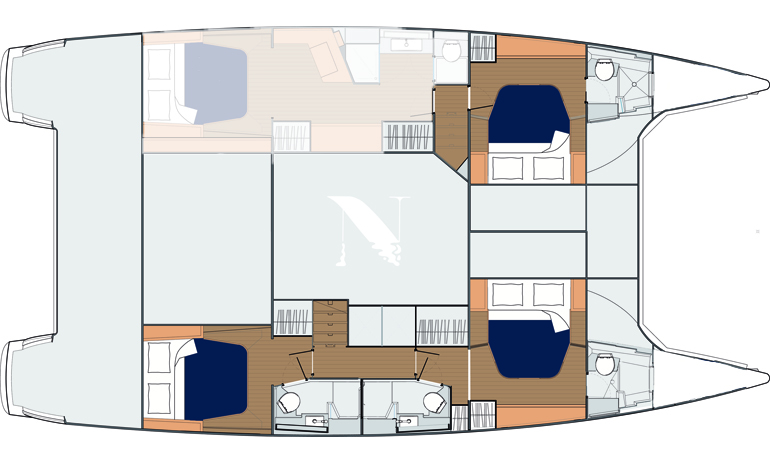
FYI
Flight info:
Incoming: Panama Tocumen Airport (PTY)
Outgoing: Enrique Malek International Airport, David (DAV)
Currency:
The Panamanian balboa (PAB) is the national currency of the Republic of Panama, which circulates alongside the U.S. dollar (USD), to which the PAB is pegged (1:1)
Electricity: On board Neverland is US 110v. We have US-style and USB outlets in every room
Communications: Neverland has on board wi-fi with high speed internet
We’ve got you covered: bath & beach towels, bedding, shower essentials, ScubaPro snorkel & dive gear, and dive lights
What to bring: soft-sided luggage, swimwear, sunscreen, beachwear, rain jacket, hat, sunglasses, music, books, camera, and personal snorkel/dive gear and wetsuit if you prefer
NEVERLAND CRUISES LLC
+1.305.912.SAIL
SAIL@NEVERLAND.CRUISES
SOCIAL
CONTACT
Send us a message below with thoughts or questions. Visit the contact page to inquire about a trip on Neverland.

